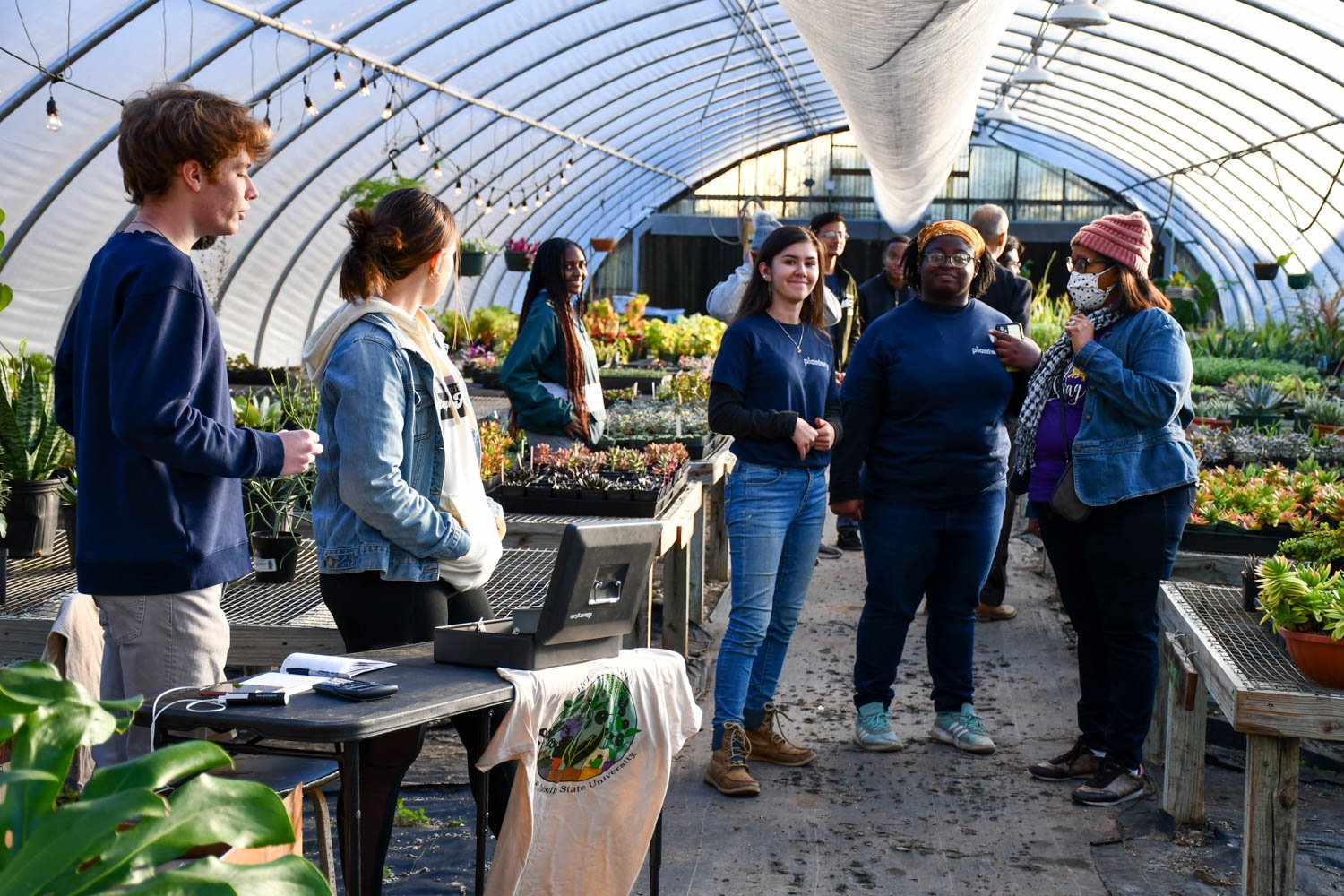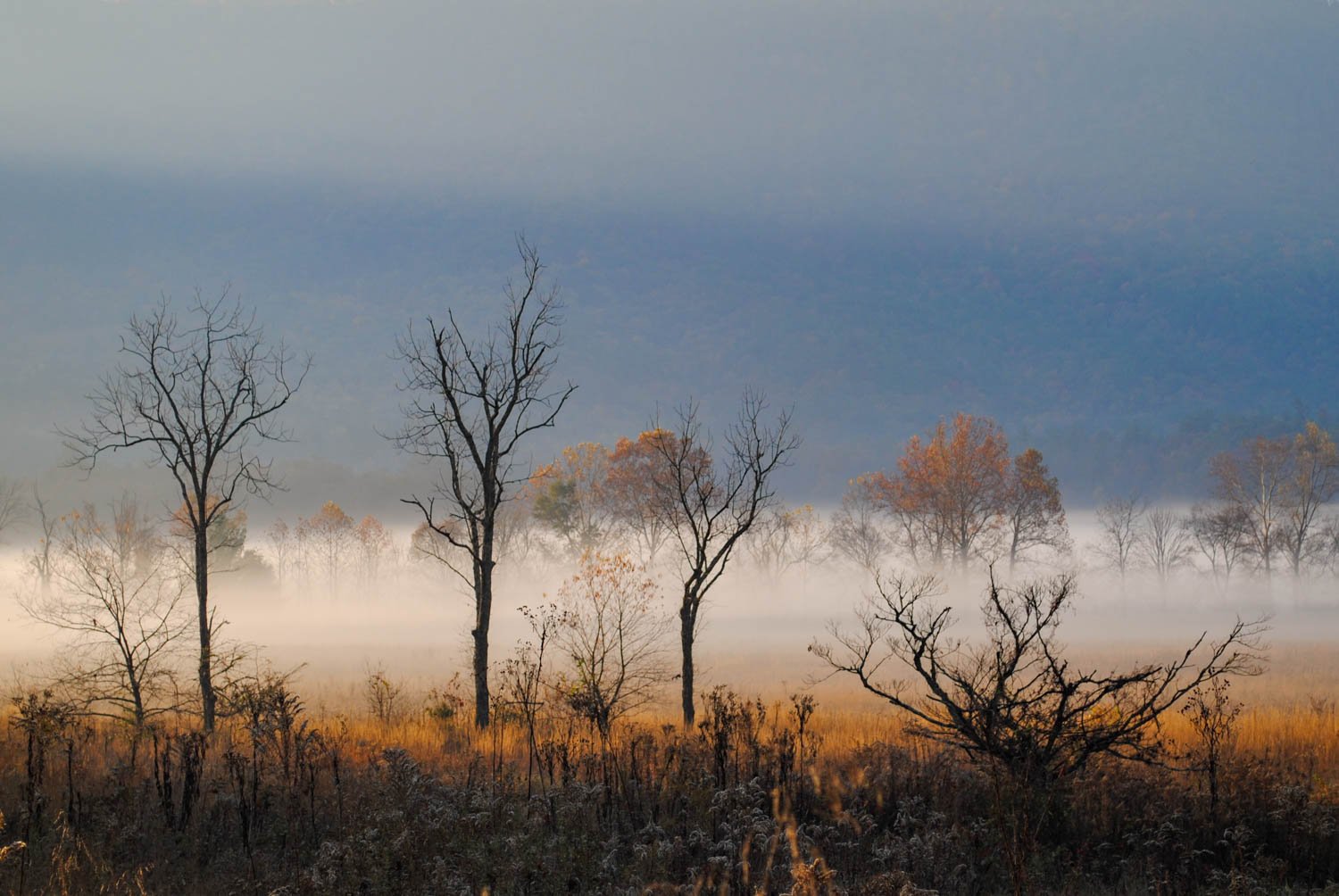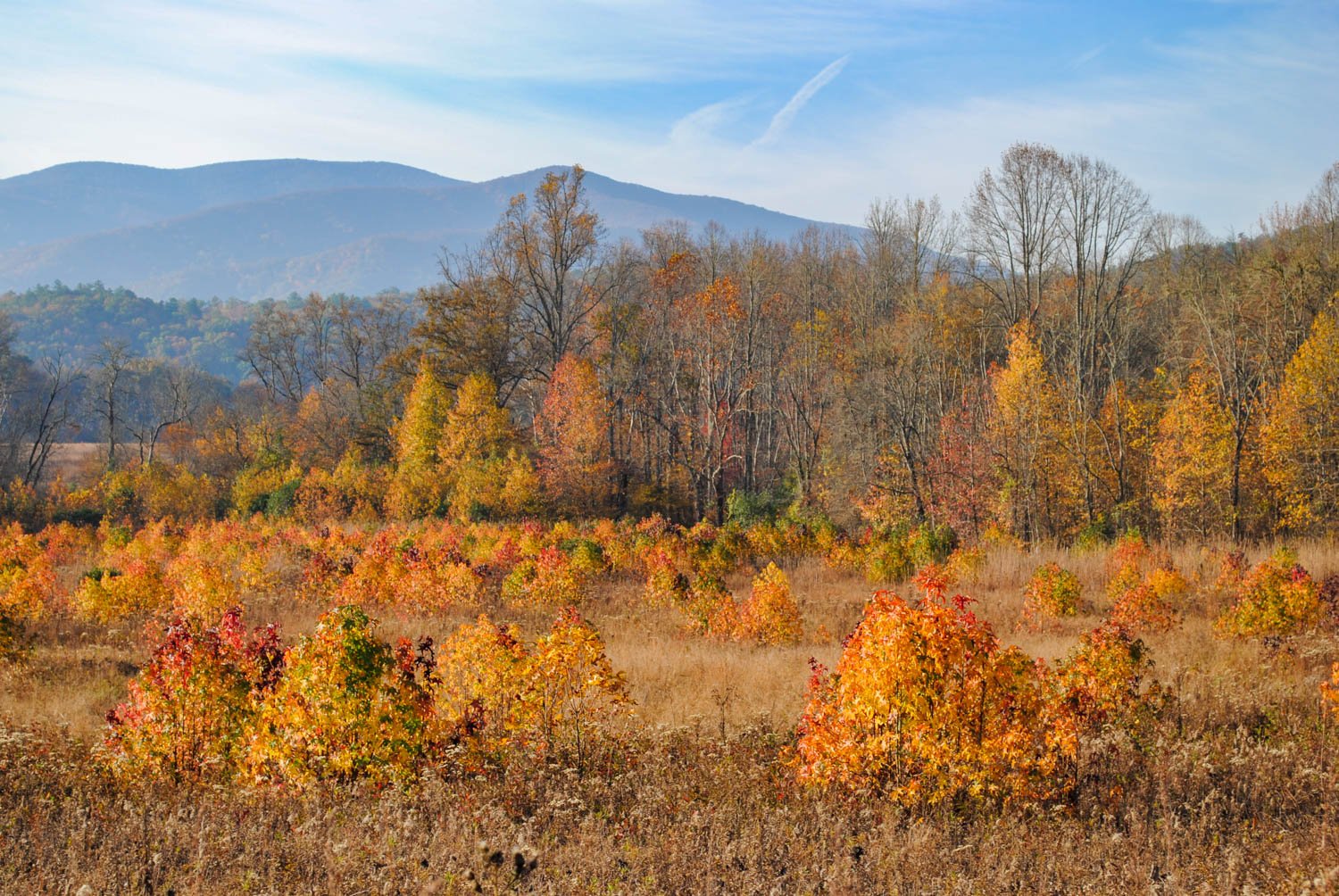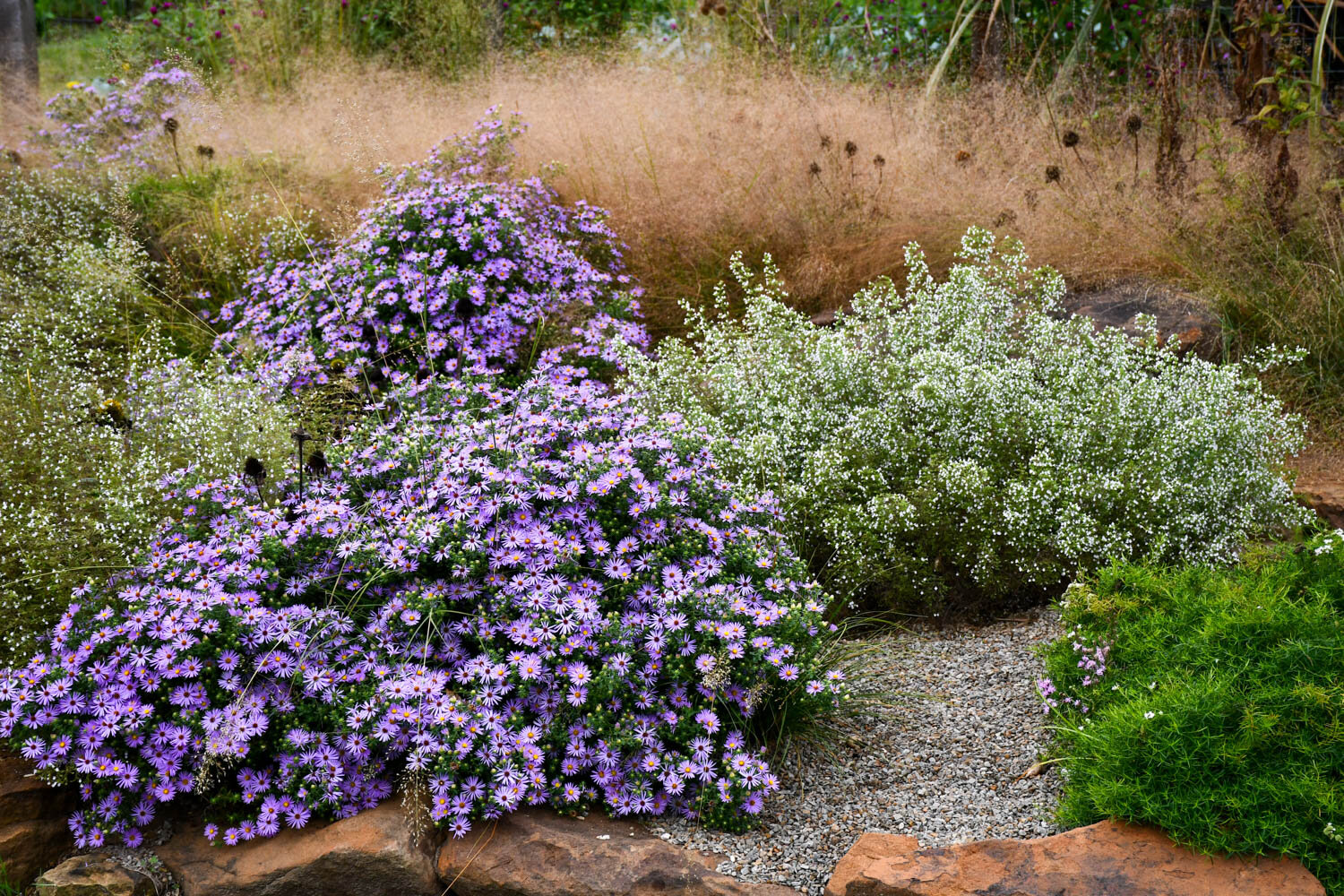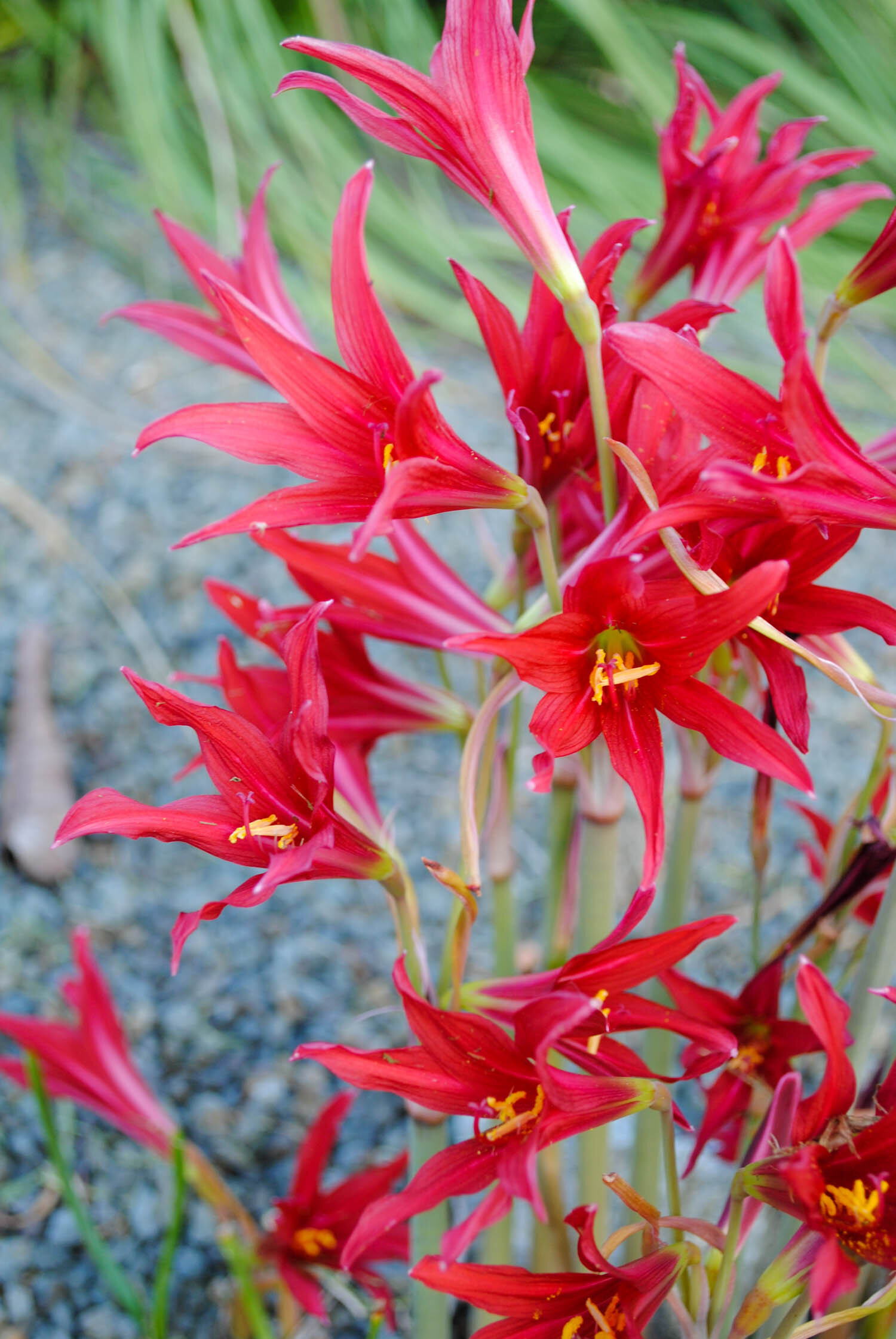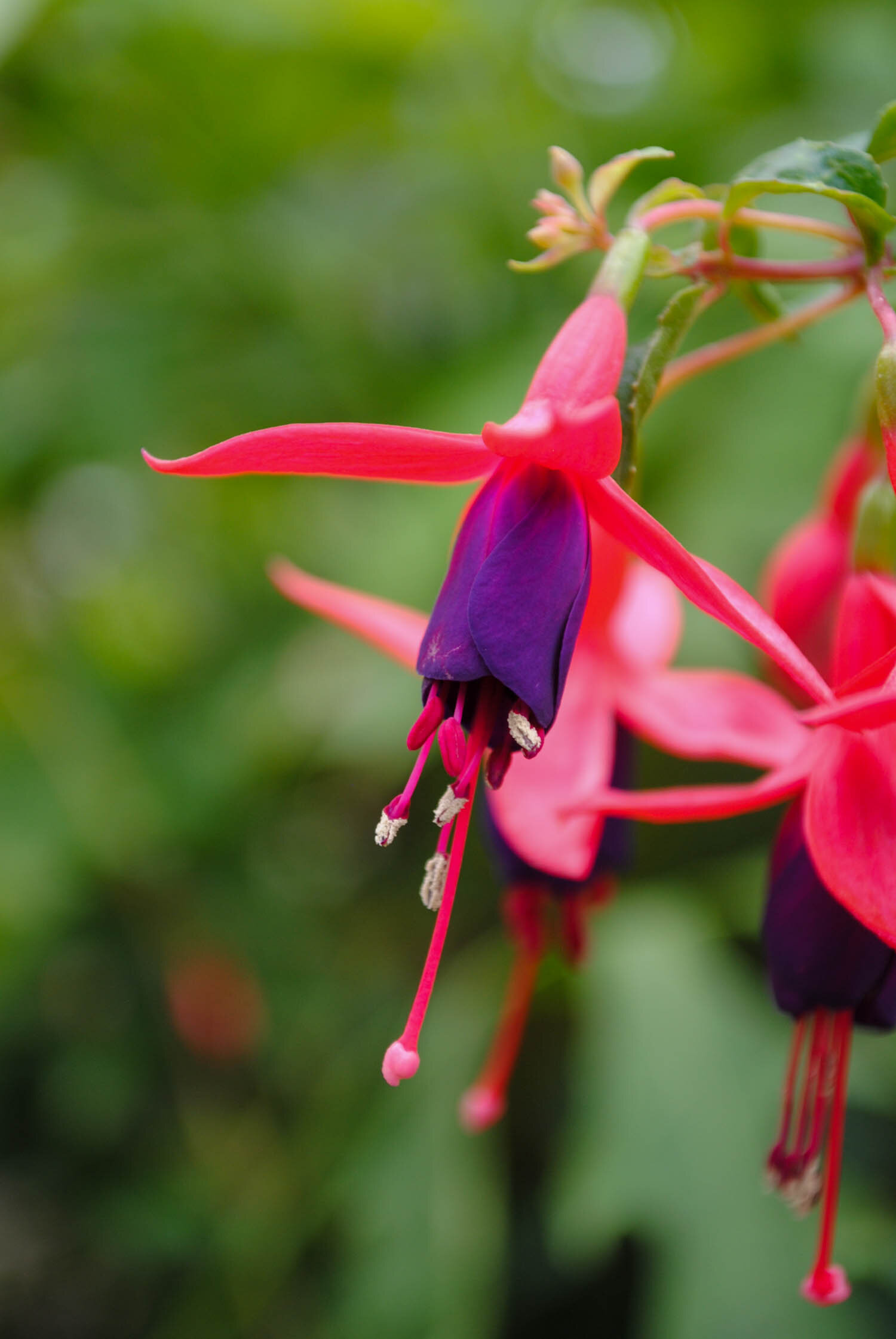On November 4, our students hosted a fall plant fair in the Plantery. This event is our seasonal open house to showcase both the great plants they’ve grown and the projects they’ve developed. We’ve now had four of these in autumn, and each one keeps getting better and better. Read along to see some of the highlights from the evening.
The glasshouse was rife with people looking for winter annuals, succulents, fresh produce, and cut flowers.
I am so delighted each week with the cut flower jars that our students create. They are each a microcosm of the Plantery gardens and a great way to find inspiration about how to combine plants together.
A selection of our winter annuals. One student had the idea to start getting larger pots to create combinations so that guests could see how they can combine plants together at their home.
Outside the glasshouse we had fun pumpkin bowling. Caleb is letting it fly!
Folk music performed by my graduate student Tori and her brother created a wonderful atmosphere for the evening.
The Horticulture Club sponsored hot chocolate, s’mores, and live music for the event.
We also welcomed other agriculture clubs to the Plant Fair. Here ag development students are teaching visitors about the life cycle of a pumpkin.
Our polyhouse was also active with visitors. In this growing area students cultivate tropicals and succulents.
The Sprout garden looked the best it has looked since we broke ground on this site in 2015. And, the gravel garden that frames the entrance to Sprout was full and lush after just being planted back in April.
In the Sprout garden, Gillian demonstrated how to use tools for small scale production like the broadfork immediately behind her.
One project we were excited for people to see was our new espalier fence on the south side of the Sprout garden. In the coming years, we will trellis fruit trees onto this fence to create interesting growth patterns. The fence will also help keep armadillos and deer out.
A glimpse through the new fence of the festivities
I got my drone into the air to snap some photos of the evening. The Sprout garden looked amazing from above.
Hanna, Simone, and Sarah were having fun helping people at the plant fair.
As daylight waned, our twinkle lights brightened twilight.
The luminaries finally started showing their glow once the event was almost over.
A final shot of our plant fair showing the twinkle lights, luminaries, and bonfires.
The students and I had good reflections on what went well from the night and what we can improve for next time. We can’t wait to host an even better plant fair in the spring!








